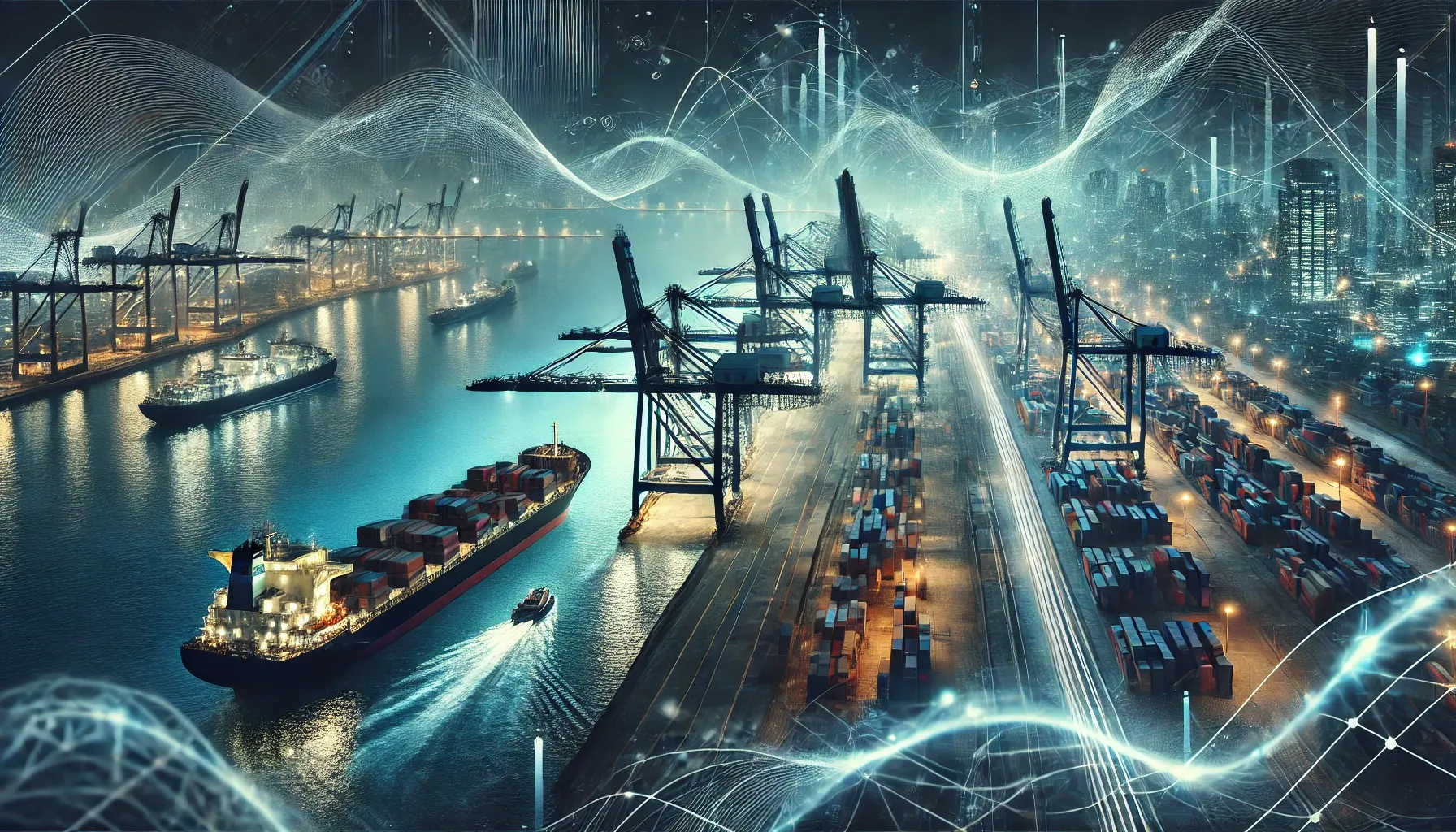UPSC
PIB
Sagarmala: India’s Maritime Transformation
Last Updated
27th March, 2025
Date Published
27th March, 2025
Share This Post With Someone

Context:
Released on March 27, 2025, by the Press Information Bureau, this document outlines the Sagarmala Programme, launched in 2015 by the Ministry of Ports, Shipping and Waterways. Aimed at leveraging India’s 7,500 km coastline and 14,500 km of navigable waterways, it drives port-led growth, logistics efficiency, and sustainable development, aligning with the Maritime Amrit Kaal Vision 2047 to position India as a global maritime leader by 2047.
Key Information Points:
- Launch: Initiated in March 2015 to revolutionize India’s maritime sector under the Ministry of Ports, Shipping and Waterways.
- Vision: Part of Maritime Amrit Kaal Vision 2047 (MAKV), targeting 4 million GRT shipbuilding capacity and 10 billion metric tons annual port handling by 2047.
- Project Scale: 839 projects worth ₹5.79 lakh crore identified; 272 completed by March 19, 2025, with ₹1.41 lakh crore invested.
- Key Achievements:
- Coastal shipping grew 118% in a decade, cutting logistics costs and emissions.
- Inland waterway cargo surged 700%, reducing road/rail congestion.
- Ro-Pax ferries served over 40 lakh passengers, enhancing coastal connectivity.
- Nine Indian ports rank in the world’s top 100, with Vizag in the top 20 container ports.
- Port Modernization: 234 projects worth ₹2.91 lakh crore underway; 103 completed, adding 230 MTPA capacity.
- Port-Led Industrialization: 14 projects worth ₹55,000 crore; 29 completed, fostering industrial clusters.
- Connectivity: 279 projects worth ₹2.06 lakh crore in progress; 92 completed, boosting 1,500 km of port links.
- Coastal Community Development: 30+ projects worth ₹26,000 crore, aiding over 30,000 fishermen and coastal infrastructure; ₹10,000 crore allocated for 119 projects across states/UTs.
- Sagarmala 2.0: Launched with ₹40,000 crore budgetary support, aiming to unlock ₹12 lakh crore in investments over the next decade, focusing on shipbuilding, repair, recycling, and port upgrades.
- Innovation Initiative: Sagarmala Startup Innovation Initiative (S2I2) promotes Research, Innovation, Startups, and Entrepreneurship (RISE) in maritime tech.
- MAKV Foundation: Formulated via 150+ stakeholder consultations and 50 global benchmarks, MAKV includes 300+ initiatives for ports, waterways, and Blue Economy growth.
- Five Pillars:
- Port Modernization & New Port Development: Upgrades ports and builds new ones for capacity and efficiency.
- Port Connectivity Enhancement: Links ports to hinterlands via multi-modal logistics (e.g., waterways, coastal shipping).
- Port-Led Industrialization: Develops industrial clusters near ports to cut logistics costs.
- Coastal Community Development: Boosts skills, fisheries, tourism, and livelihoods sustainably.
- Coastal Shipping & Inland Waterways Transport: Promotes eco-friendly cargo movement, easing land transport pressure.
- Subcategories: Include skill development, fisheries, technology centers, coastal tourism, Ro-Ro/Ro-Pax jetties, island development, and ship repairs.
- Funding:
- IEBR: Internal resources from MoPSW agencies and Major Ports.
- Grant-in-Aid: Partial funding for high social impact, low-return projects (e.g., fishing harbors, skill centers).
- Equity: Sagarmala Development Company Limited (SDCL), set up in August 2016, supports SPVs via equity participation.
- Conclusion: Sagarmala enhances India’s maritime competitiveness, driving economic growth, job creation, and sustainability, aligning with Viksit Bharat and Atmanirbhar Bharat 2047 goals.
Key Terms:
- Sagarmala Programme: 2015 initiative for port-led economic growth and maritime development.
- Maritime Amrit Kaal Vision 2047: Long-term plan to make India a top maritime nation by 2047.
- Blue Economy: Sustainable use of ocean resources for economic growth.
- Ro-Pax Ferries: Roll-on/roll-off passenger ferries enhancing coastal connectivity.
- Port-Led Industrialization: Industrial growth near ports to optimize logistics.
- Inland Waterways: Navigable rivers/canals for eco-friendly cargo transport.
- Sagarmala 2.0: Next phase targeting ₹12 lakh crore in maritime investments by 2035.